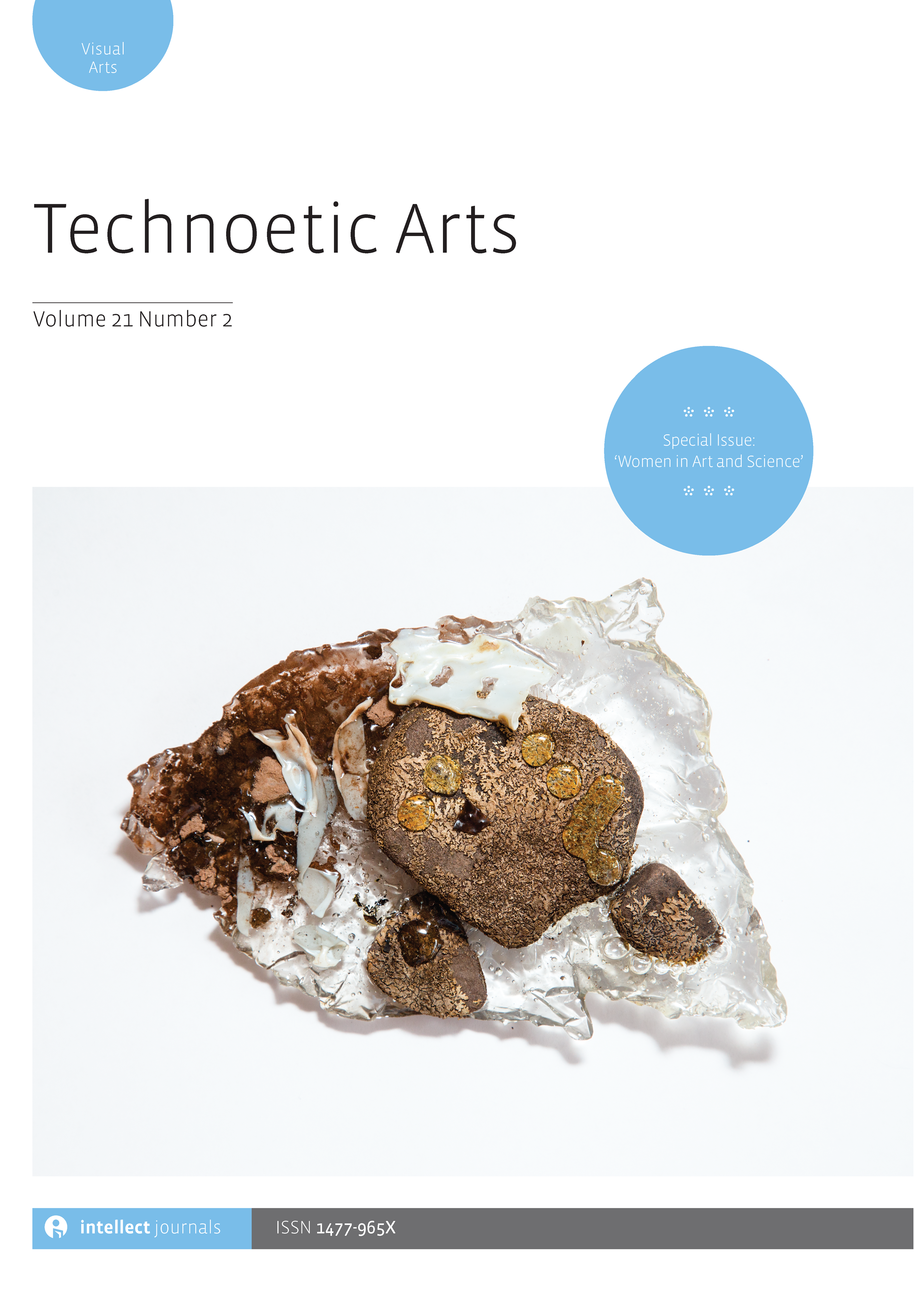
Full text loading...
 , Shuyi Cao1
, Shuyi Cao1
This article advocates further examination of the role decay aesthetics can play in artificial life (ALife or AL) and art. Opening with the poetics of decay and the shadow that decay taboo has cast in western culture, firstly, we reframe decay as a constructive process of transformation. Secondly, we perform a brief historical survey of early artistic developments in the field of ALife, assessing how these early works addressed decay. We follow with a deeper analysis of contemporary artists through a lens of decay and decomposition, identifying new tendencies of ALife art (deep time simulation, slime intelligence, molecular agents, techno resurrection and ecohybridized computation). Finally, we look to the peripheries of ALife to see how decay is rendered in current technical research and examine these projects with an eye for turbulent production in the form of ‘decaying’ matter. We conclude with a number of open questions on decomposition and decay aesthetics, both within the artistic and technical realms of ALife.

Article metrics loading...

Full text loading...
References


Data & Media loading...

Publication Date:
https://doi.org/10.1386/tear_00062_1 Published content will be available immediately after check-out or when it is released in case of a pre-order. Please make sure to be logged in to see all available purchase options.